Where to Eat and Drink in Naples in 2025
By Lorenzo VillaNaples has undergone a remarkable transformation over recent times, evolving from a controversial and often overlooked city into a major Mediterranean hotspot – its music, monuments, food and football attracting visitors from across the world. It holds a special place in my heart. Despite being from northern Italy, I’ve always had Neapolitan friends who, over the years, have convinced me that Naples is extraordinary in every sense of the word. As the legendary artist Pino Daniele once said, Naples is truly “tutta n’ata storia” (a whole different story). Here is a list of some unforgettable places my dear friend Giacomo introduced me to during a few sun-kissed days in late December.
Scaturchio
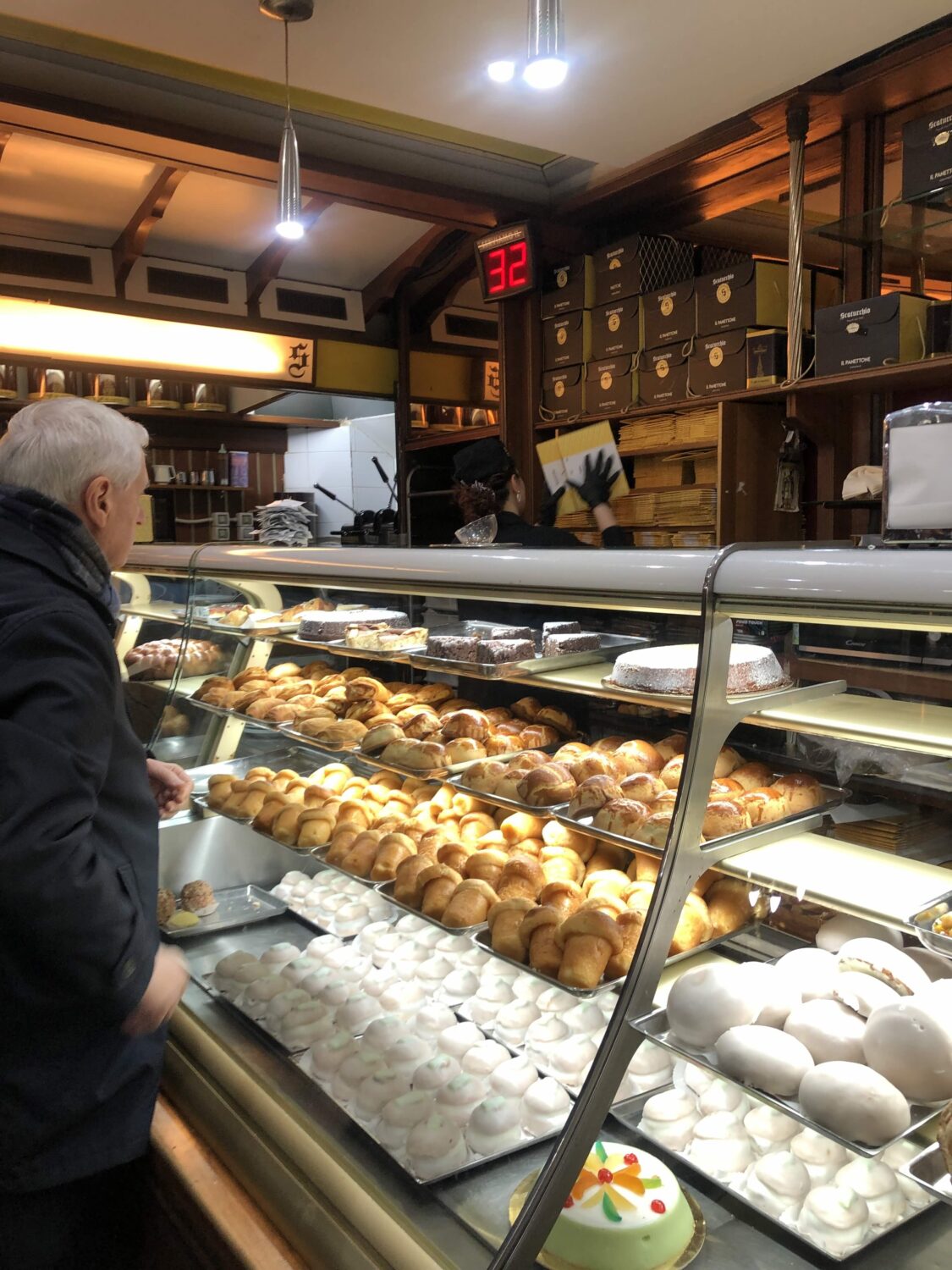
Piazza San Domenico Maggiore lies in the heart of Naples’ lower decumanus, better known as Spaccanapoli. Across from the grand Gothic basilica that gives the square its name is Scaturchio, a charming Art Nouveau pastry shop that has been serving patrons since 1905 with the finest Neapolitan baked goods. Its sfogliatelle come in two traditional forms: the “riccia”, a crisp, layered pastry in a triangular shape, and the “frolla”, a round, soft shortcrust pastry. Both are filled with a rich blend of ricotta, candied fruit, eggs, sugar, and semolina. Scaturchio is famous for its “ministeriale”, a dark chocolate medallion filled with a liqueur-infused cream, but for me, the real highlight is the babà. This delicate, rum-soaked cake, originally created by Polish King Stanislaus Leszczyński in 18th-century France, is so soft it can be eaten with a spoon. The light, flavorful rum syrup makes Scaturchio’s babà the best in Naples.
Antica Pizzeria Di Matteo
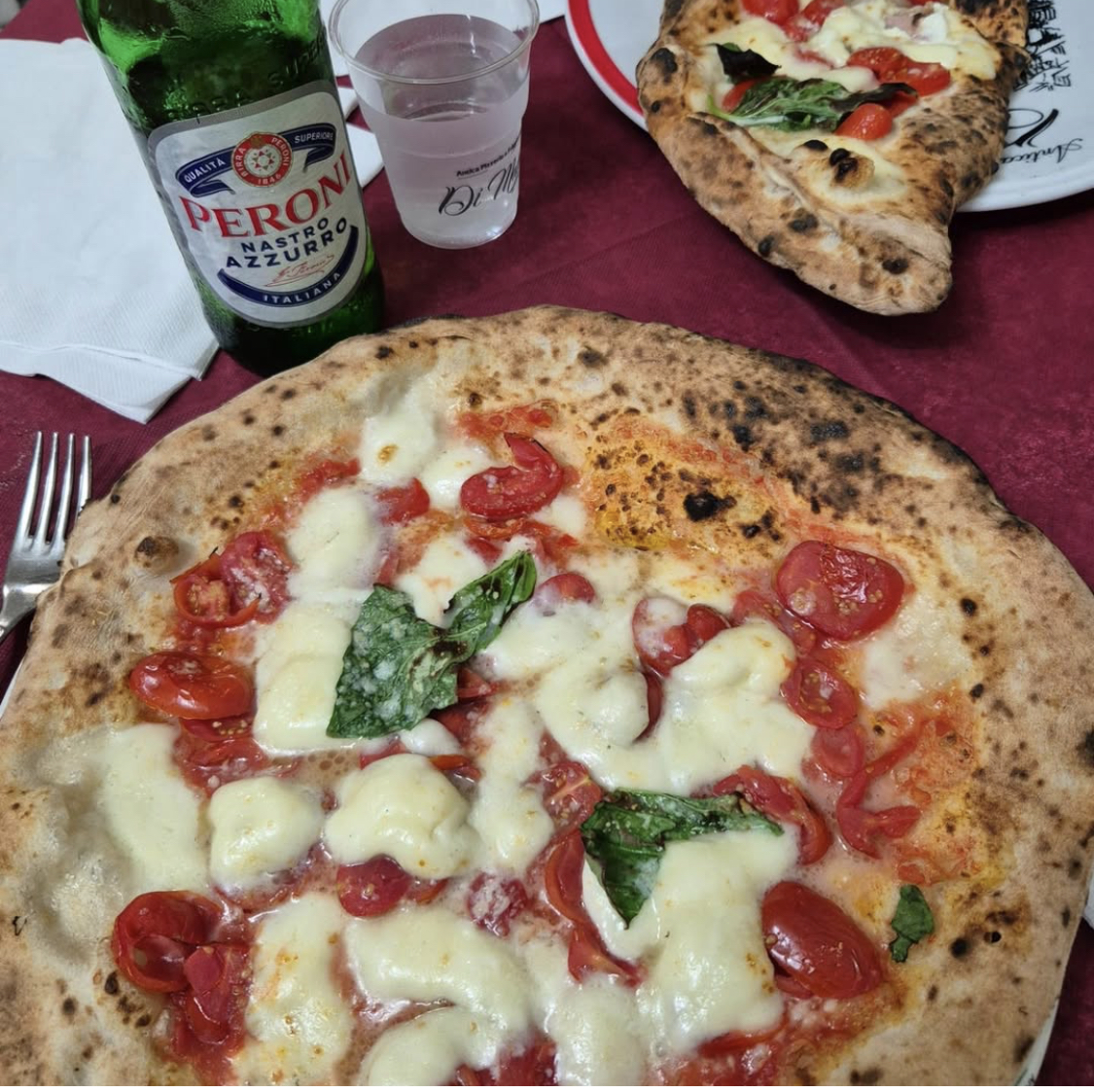
Just off Spaccanapoli, Via dei Tribunali is a lively street filled with pizzerias, each competing for attention amid the bustling crowds. According to Giacomo and his father Max—an experienced food connoisseur—Di Matteo stands above the rest. Forget the globally franchised names; Di Matteo is a true Neapolitan institution, beloved by locals. The pizza features a tall, airy crust and a soft, thin base, with premium ingredients that blend perfectly in the authentic (‘soupy’ and wet) Neapolitan style. Stick to the classics – margherita or bufala – for an unbeatable experience.
Antica Friggitoria Masardona
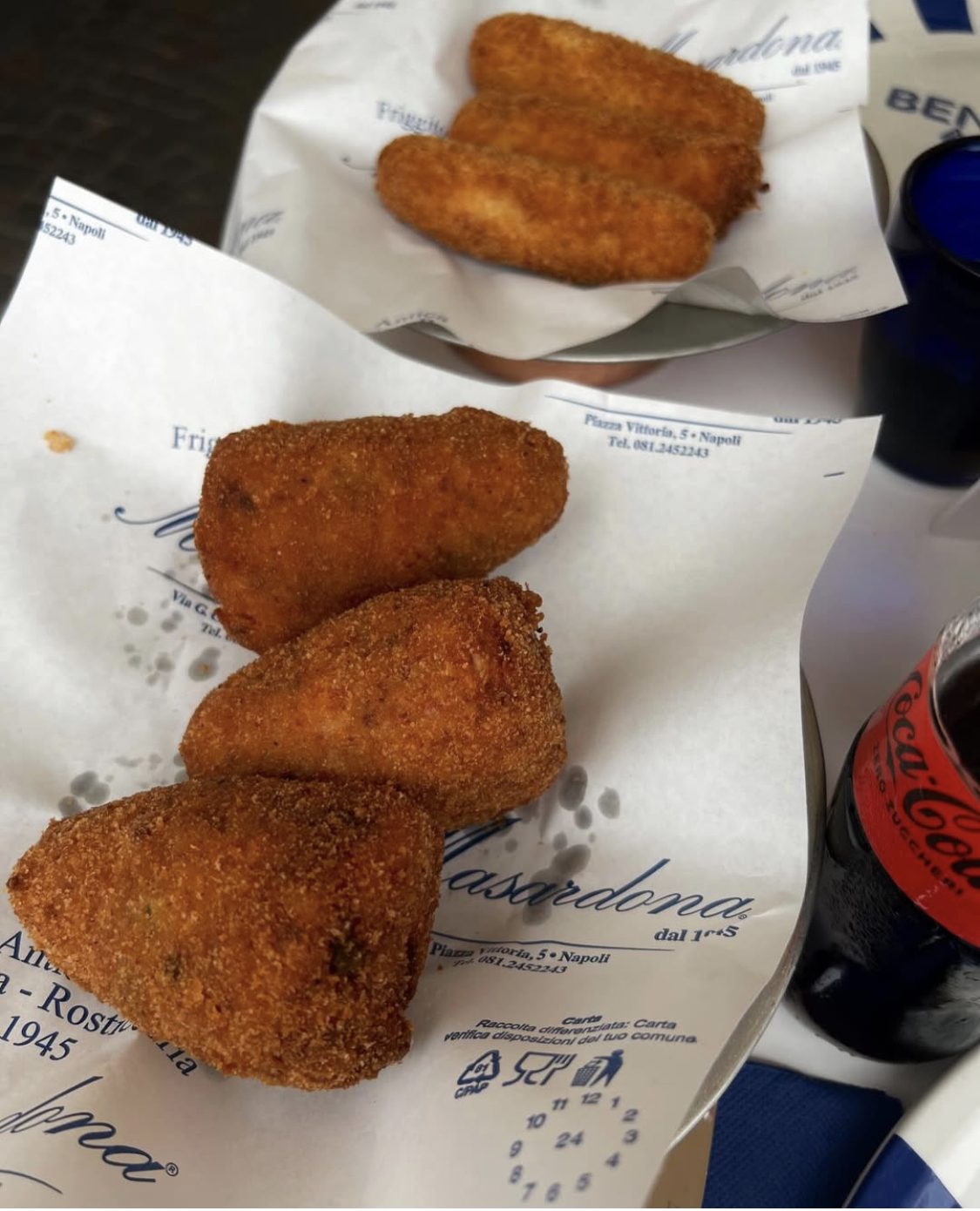
Naples never stops feeding you. After savoring a pizza and taking a leisurely stroll along Mergellina’s waterfront, Antica Friggitoria Masardona is an unmissable stop. This legendary spot offers the iconic “cuoppo,” a paper cone brimming with crispy fried seafood, battered vegetables, and other golden delights. Whether you choose to enjoy it while wandering the waterfront or standing outside the shop, it’s an essential taste of Naples’ vibrant street food culture.
Trattoria da Cicciotto a Marechiaro
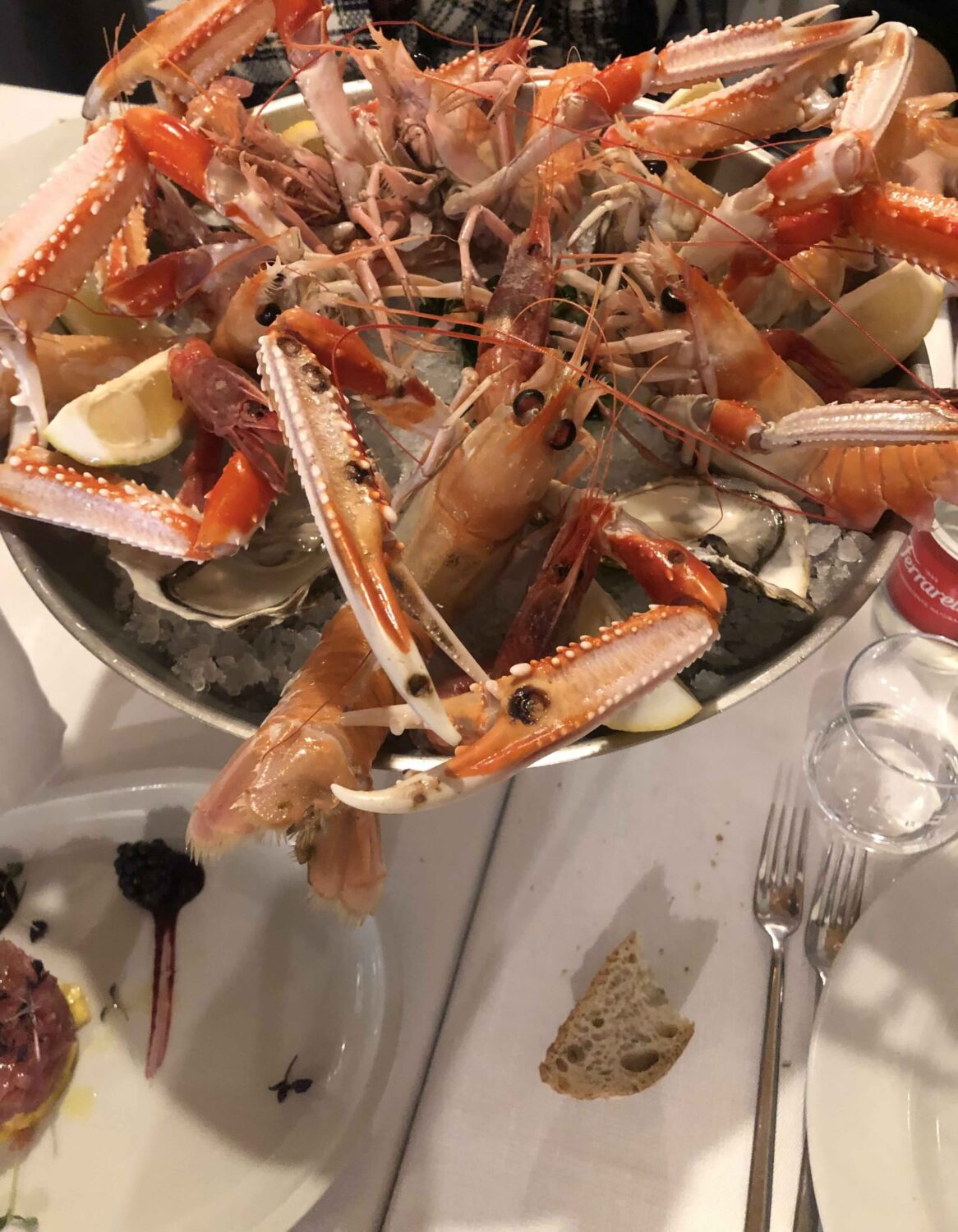
Away from the bustling city center, perched on the Posillipo hillside, lies Calata Ponticello a Marechiaro, an evocative stairway leading to the charming Marechiaro fishing village—a symbol of Italy’s dolce vita. Just before reaching the quiet beach, you’ll find Trattoria da Cicciotto a Marechiaro, serving fresh seafood and traditional Mediterranean dishes since 1942. The go-to choices here are simple but sublime: a crudo seafood appetizer, spaghetti with sea urchins, and the catch of the day “all’acqua pazza” (cooked with olive oil, garlic, and cherry tomatoes). Dining here, with the Gulf of Naples and Vesuvius as your backdrop, is unforgettable.
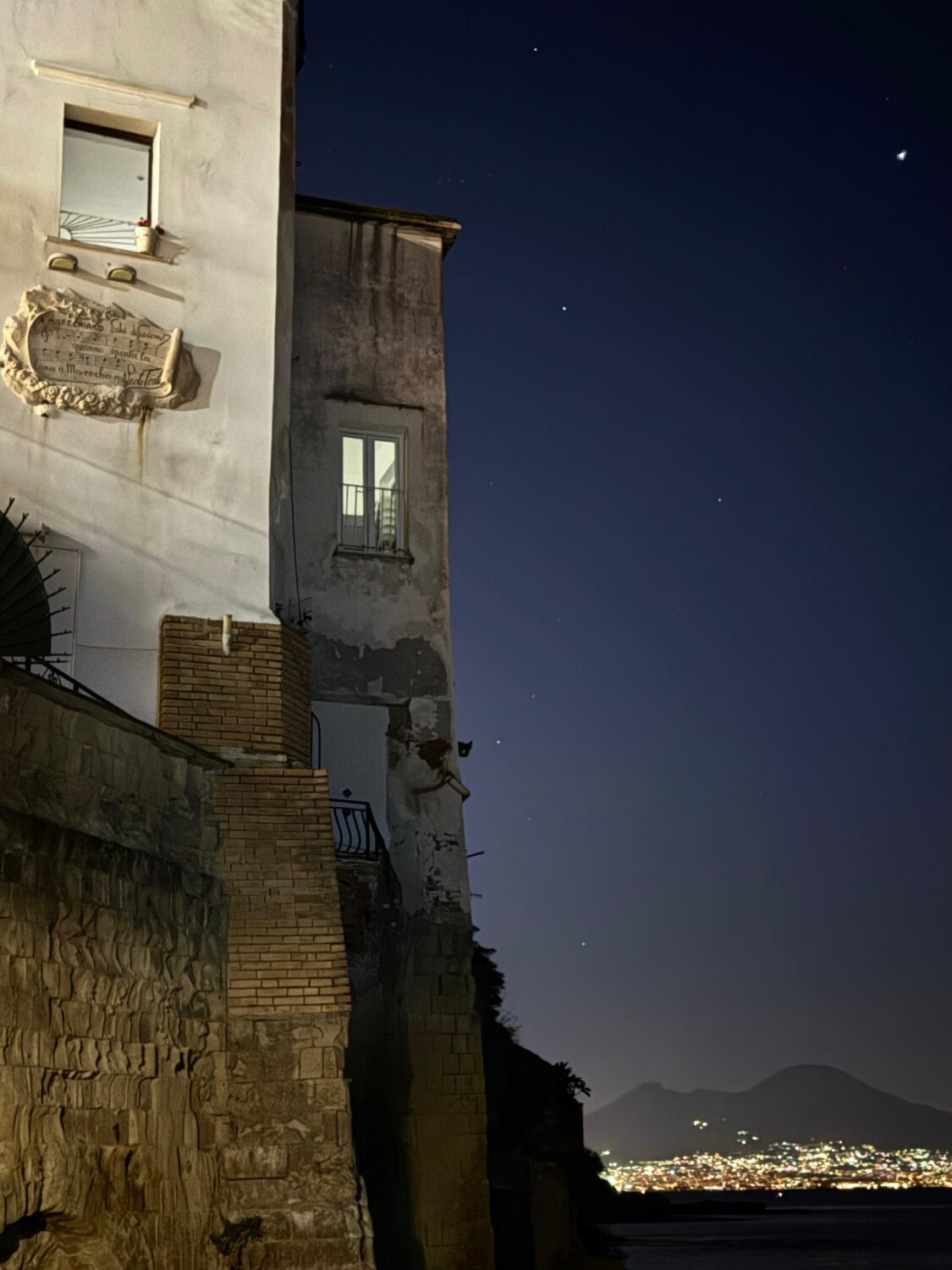
Mimì alla Ferrovia
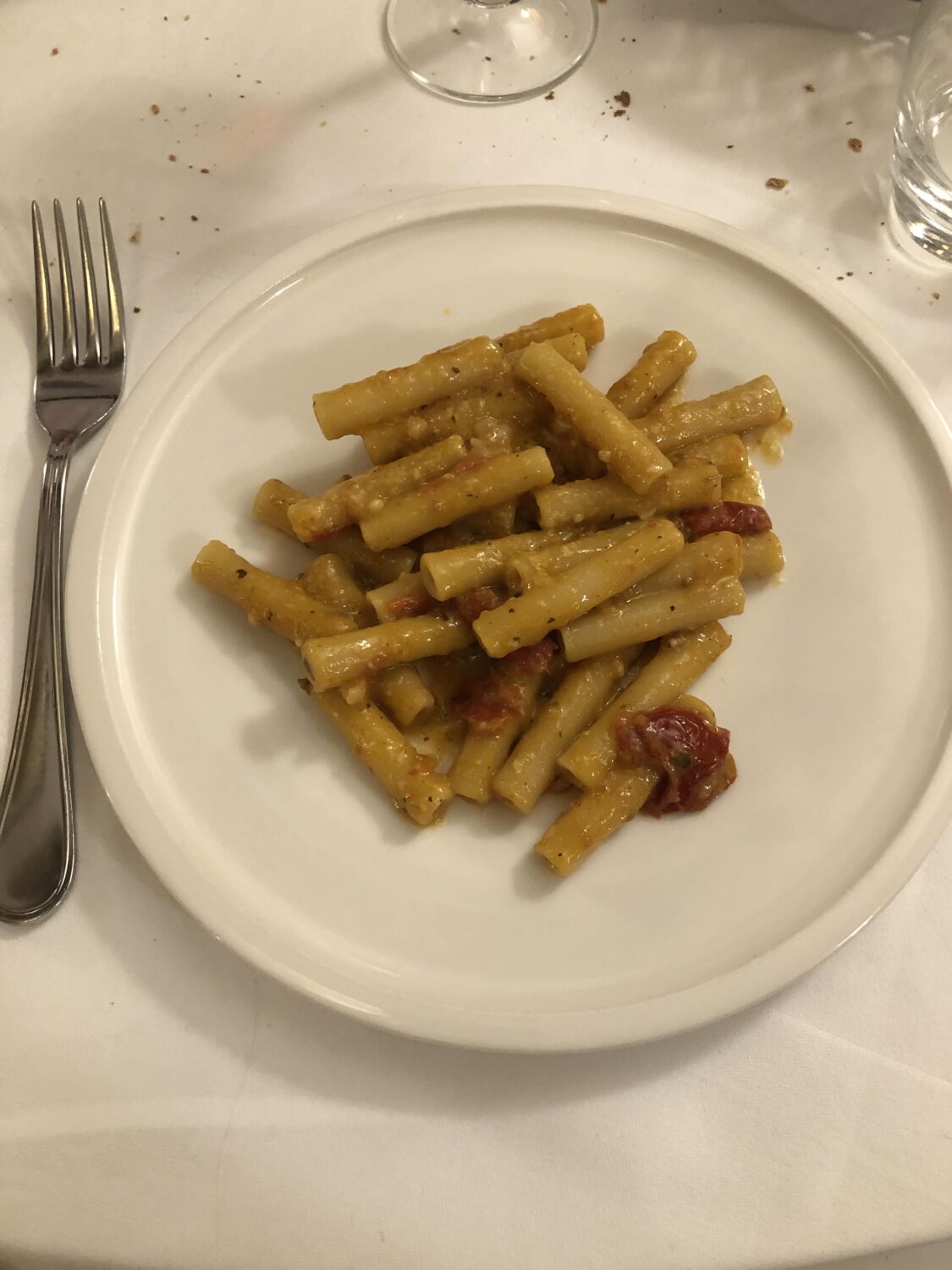
Few restaurants in Italy enjoy the legendary status of Mimì alla Ferrovia. Since 1943, this establishment near Naples Central Station has been a favorite among railway workers and travelers alike. The Giugliano family has preserved its authenticity, offering timeless Neapolitan cuisine alongside innovative creations by chef Salvatore Giugliano. Traditional dishes like “puparol’ mbuttonato” (stuffed peppers with minced meat, cheese, and eggplant), “ziti alla genovese” (slow-cooked white meat sauce with onions and guanciale), and “pasta mista with potatoes, provola, and guanciale” sit comfortably, if somewhat implausibly, alongside modern dishes such as ‘bao tacos’ with braised beef in Genovese sauce and fried calamari with wasabi mayo. However, a visit to Mimì is incomplete without tasting the legendary lardiata, featuring ziti, San Marzano tomatoes, garlic, lard, pecorino cheese, and basil—maybe, just maybe, the best sauce in the world.
Gran Caffè Gambrinus & More
In Naples, coffee isn’t just a drink—it’s a way of life. And when you think of Neapolitan coffee, Gran Caffè Gambrinus comes to mind before any other. One of Europe’s most iconic literary cafés, its opulent Beaux-Arts interiors have witnessed the birth of the famous “caffè sospeso” tradition, where patrons anonymously pay for an extra coffee to be enjoyed by someone in need. Neapolitan espresso here is dark, dense, and scorching hot, flowing from the machine known as a coda ‘e zoccola (as thin as a rat’s tail). But Naples’ coffee culture extends far beyond Gambrinus. From Bar Nilo—an authentic shrine to Maradona, complete with a votive altar containing relics of the Pibe de Oro—to Ventimetriquadri, the city’s first specialty coffee shop offering high-quality filter brews and carefully curated blends alongside a selection of artisanal pastries.
Vineria Bandita
For natural wine enthusiasts seeking a laid-back aperitivo, Vineria Bandita in the Vomero district is the place to be. The selection of local, Italian, and French cheeses pairs beautifully with premium cured meats and seasonal bruschettas. The carefully curated selection of natural wines from across Europe makes it an ideal spot to unwind and savor Naples’ unique energy and charm.
Rione Sanità & Vomero
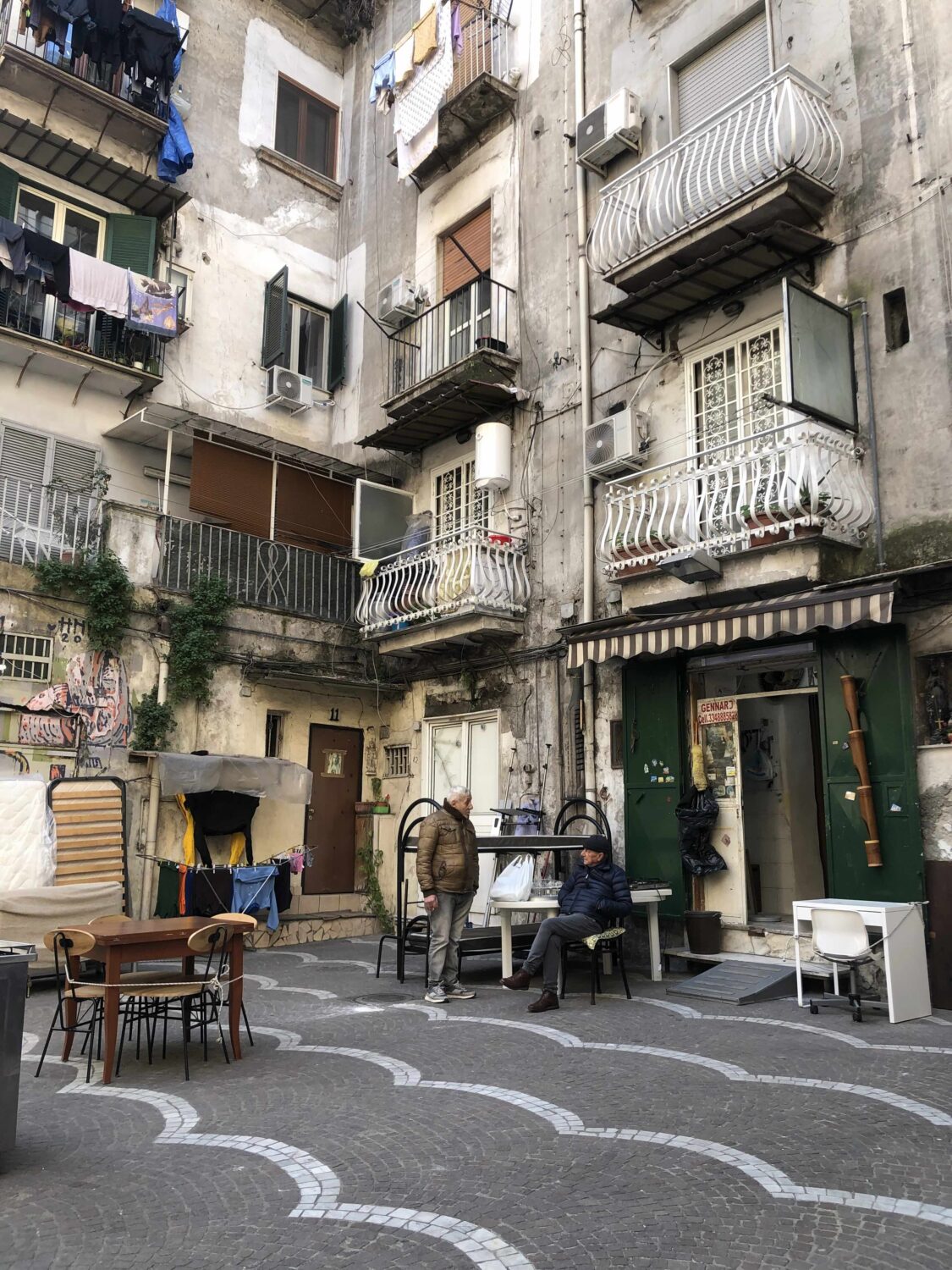
Perhaps the two sides of Naples. Rione Sanità is one of the few central neighborhoods that has resisted the full force of gentrification in recent years. Chaotic, elegant, both upper- and working-class, its lively street markets create a stark contrast with the grandeur of baroque landmarks such as Palazzo dello Spagnolo and Palazzo Sanfelice. This district is great for a daytime stroll, offering must-see sites like the Catacombs of San Gennaro and the Fontanelle Cemetery.
Though still considered part of the city center, Vomero sits on top of a hill and is easily reached by the historic funicular railway. It represents Naples’ modern cultural heartbeat, brimming with wine bars, trendy venues, and a vibrant social scene. The district is also home to film institutions and cultural associations that host events throughout the year, making it a lively and dynamic part of the city.
Lorenzo Villa is a writer and editor based in Milan. He writes about lifestyle for Harper’s Bazaar Italia and collaborates with the literary magazine Galápagos. All photos by Lorenzo Villa. Read more of Lorenzo’s writing on Something Curated here.
Header image by Rene Strgar on Pexels.